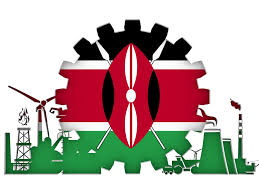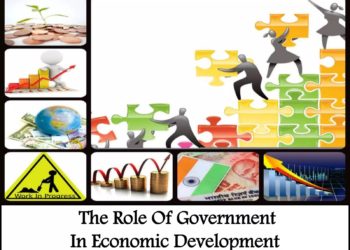Kenya is charting a new path in its economic strategy with the announcement of two major investment vehicles, a sovereign wealth fund (SWF) and an infrastructure fund. The intention is to reduce the country’s heavy reliance on borrowing and instead mobilize state assets and domestic capital for long-term development.
The SWF and infrastructure fund are designed to serve distinct but complementary roles. The infrastructure fund will focus on sectors such as agriculture and energy, aiming to close major gaps, Kenya currently generates 2,300.0 megawatts of power but needs 10,000.0 megawatts to fuel industrialization. The SWF will act as a long-term investment vehicle, preserving value from state asset sales and possibly generating returns to support the national budget. The government’s strategy includes starting with the partial privatization of Kenya Pipeline Company (KPC), with a targeted raise of KES 130.0 bn which is USD 1.0 bn.
For investors, this initiative presents a meaningful signal of structural reform. A fund that channels capital into infrastructure can create investment opportunities in project finance, infrastructure-linked securities and public-private partnerships, areas that historically offered stable returns but limited access. The fact that the government is leveraging asset monetization rather than increased debt is also positive from a fiscal risk perspective. However, success hinges on strong governance, clear mandates and transparent execution. Critics caution that without robust oversight the funds could fall prey to misallocation or political interference.
Timing is critical. While the announcement is bold, operational details, including fund governance, asset selection and investment mandates, remain sparse at this stage. For the infrastructure fund especially, delivering results in energy and agriculture will require careful project selection, effective execution and private-sector collaboration.
In summary, Kenya’s move to establish a sovereign wealth fund alongside an infrastructure fund marks a strategic pivot in its financing model. It reflects a shift from borrowing-driven growth toward mobilization of assets and capital for long-term investment. For investors, these vehicles could unlock new entry points in infrastructure and national development while aligning with Kenya’s growth ambitions.
















